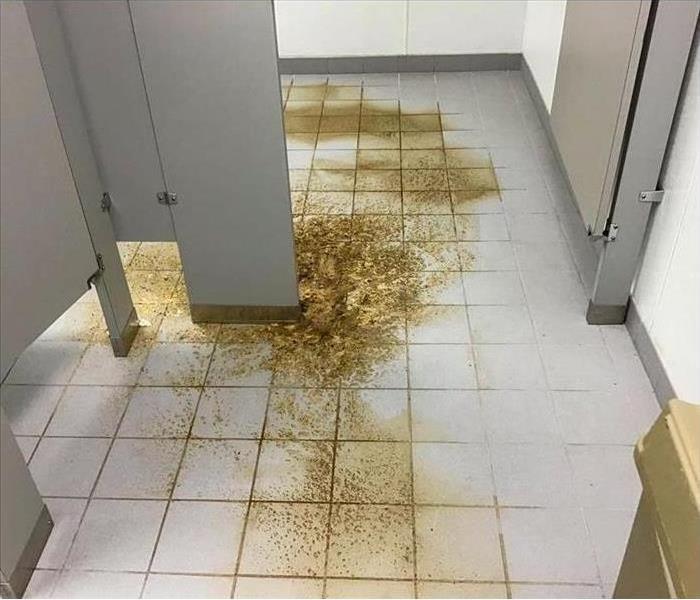Water Damage Categories and What They Mean
7/26/2022 (Permalink)
Water Damage Categories
Though water is translucent in color, it is very possible for it to be labeled either gray or black but not be either in color. When referring to water as gray or black, the reference is to the category of water damage.
There are three water damage categories: Clean, Gray, and Black. The source of the water is what dictates the classification. This classification aids in the restoration process as clean-up crews are aware of any physical or environmental risk of the water damage. Clean-up crews are also privy to the extent of restoration and cleaning that is necessary.
1. Clean Water
Clean water sources are seen as sanitary and include: water lines, faucets, and rainwater. Though this water is deemed clean, it is not safe for drinking nor is it recommended to deliberately stand it. Clean water or category 1 water, should be removed quickly as it can still lead to damage to items in the affected area or building materials. Category 1 water can also accumulate bacteria when left stagnant, turning it into a category.
2. Gray Water
Gray water, also called category 2, comes from sources that contain traces of contaminants but is not immediately dangerous. This includes water from dishwashers or toilets. Coming into contact with this water can pose health risks if proper equipment is not used when cleaning up this water and associated damage.
3. Black Water
Black water is the most dangerous water with serious implications for health and structural damage if not safely approached. Sources from black water, also known as category 3 contain highly toxic contaminants. These sources range from sewers, rivers, or stagnant water.
The different categories of water provide further insight into how to handle each water damage situation and the level of caution to take. All categories have very serious consequences to your Deerfield Beach, FL home and its contents if water damage restoration does not occur quickly.



 24/7 Emergency Service
24/7 Emergency Service
